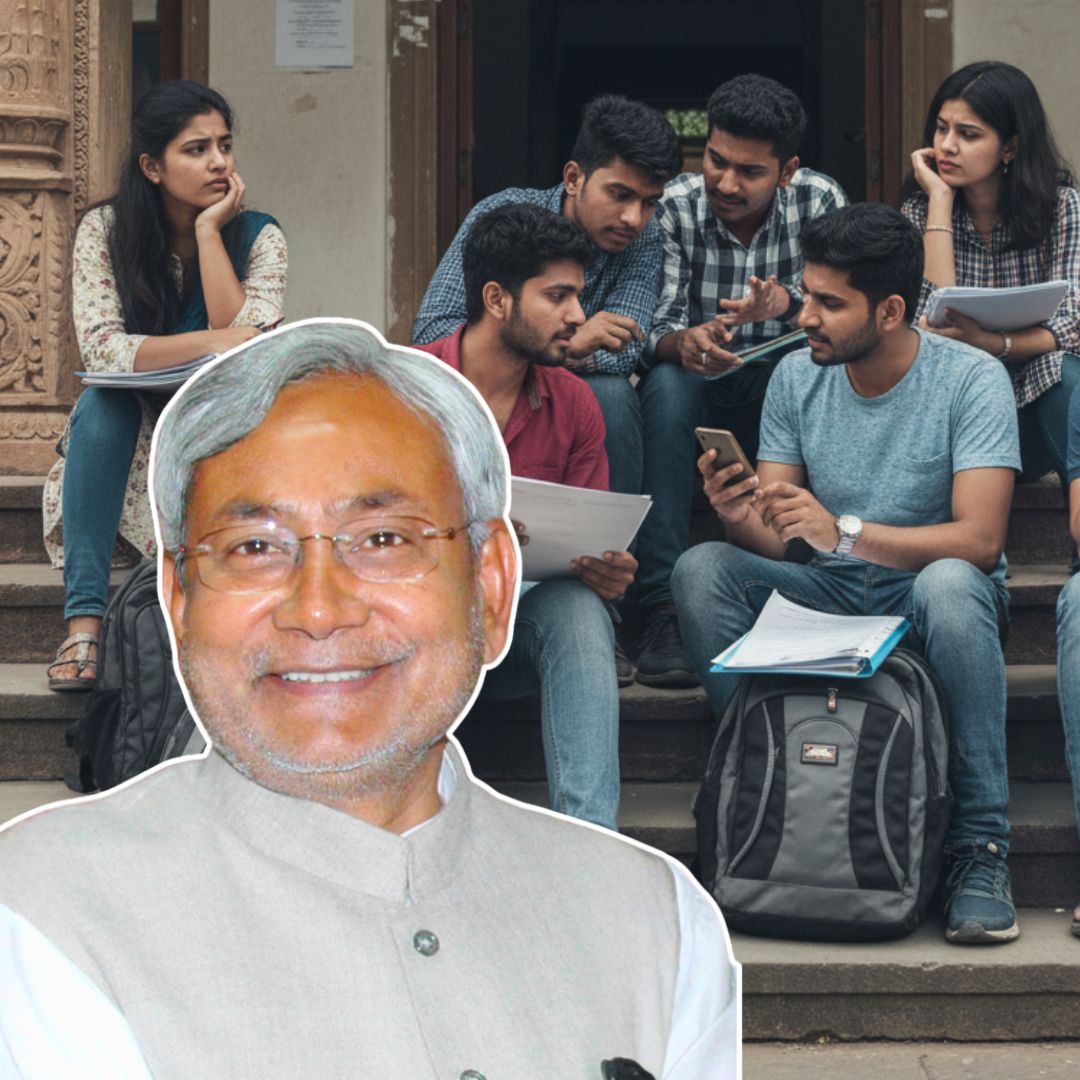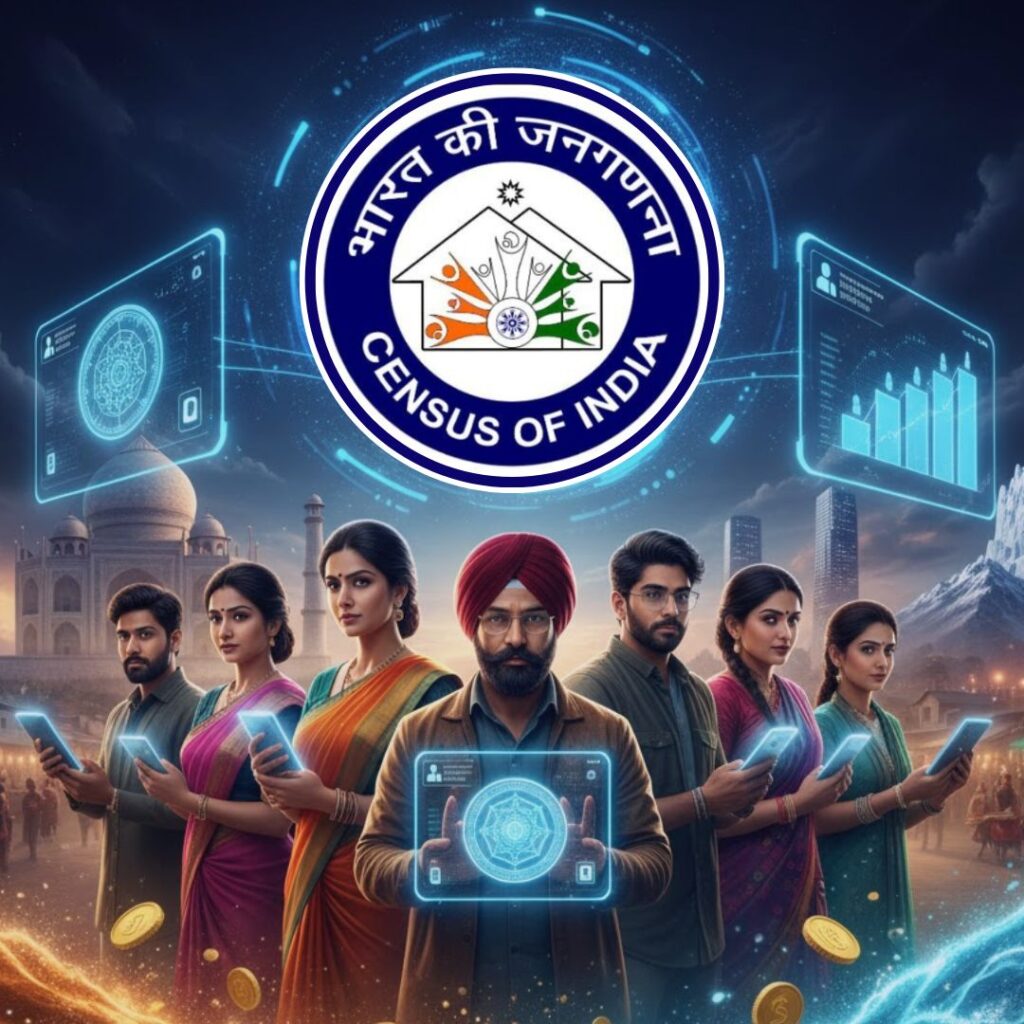Bihar Chief Minister Nitish Kumar addressed a public meeting in Danapur on Friday, pledging to provide 1 crore job opportunities to the state’s youth over the next five years.
This announcement follows his claim that 10 lakh people have already secured government jobs in Bihar and 40 lakh youth have received various employment opportunities so far.
The pledge is part of a broader development agenda that Kumar has pursued under the BJP-led National Democratic Alliance (NDA) government in Bihar, ahead of the state assembly elections scheduled for early November.
Background: Development Milestones and Challenges
Nitish Kumar highlighted the difficult conditions Bihar faced before the NDA came to power, including religious disputes, limited educational access, poor medical facilities, inadequate infrastructure, and electricity shortages. He spoke of Patna’s transformation under his leadership, noting significant improvements in peace, infrastructure, and social harmony.
Kumar urged older generations to convey the stark contrast between past hardships and current progress to the youth, emphasising how the government has worked to foster brotherhood and development throughout the state.
Employment Promises and Welfare Initiatives
The CM reiterated his government’s focus on enhancing education and healthcare, mentioning the appointment of 2,58,000 teachers through the Bihar Public Service Commission and the expansion of primary healthcare centres with free medicines and treatments.
He also highlighted the government’s expansion of medical colleges from six to twelve, alongside infrastructure projects including bridges, bypasses, and elevated roads to boost commuting efficiency. Women’s empowerment is another priority; over 1.21 crore women have received Rs. 10,000 each to start businesses, with further financial support planned for successful entrepreneurs.
Election Context and Political Positioning
This jobs promise is a key campaign focus in the upcoming Bihar Assembly elections, where the NDA and the Mahagathbandhan are the primary contenders. The BJP-led NDA stresses years of development and peace under Kumar’s leadership, contrasting it to the previous government’s failures.
Opposition parties remain critical, pointing to ongoing challenges such as unemployment and governance gaps. Nitish Kumar’s nearly two-decade tenure as Chief Minister centers heavily on infrastructure and welfare reforms, seeking renewed mandate to continue transformative work in the state.
The Logical Indian’s Perspective
Nitish Kumar’s commitment of 1 crore jobs holds promise but also poses a challenge to India’s democracy—to translate electoral pledges into clear, accountable policy outcomes that genuinely improve lives. Strengthening education, healthcare, and women’s economic participation will complement job creation, yet transparency and timelines are key.
Civic engagement, watchdogging, and systematic progress tracking must deepen as promises multiply. How can Bihar’s citizens and government together ensure youth employment delivers sustainable dignity, equity, and opportunity? Share your thoughts and ideas for Bihar’s future.
News in Q&A
- What exactly did Nitish Kumar promise regarding job creation?
He pledged 1 crore job opportunities for Bihar’s youth over the next five years, building on 10 lakh government jobs and 40 lakh other jobs already created. - Why is this promise significant for Bihar?
It targets a critical demographic, young job seekers, and is linked to recent development achievements in education, healthcare, and social welfare that seek to propel Bihar’s growth. - How has the government progressed so far on employment?
Between 2005 and 2020, over 8 lakh youths gained government jobs, with programs like Saat Nishchay-2 aiming to expand job and skill development capacities markedly. - What welfare initiatives accompany the job promise?
Major efforts include increased teacher recruitment, healthcare access, medical colleges expansion, and women’s economic empowerment through funding to start businesses. - What challenges or criticisms does the promise face?
Sceptics question the feasibility and call for detailed implementation plans, while youth and voting blocs seek reassurance that promises translate into actual jobs.












